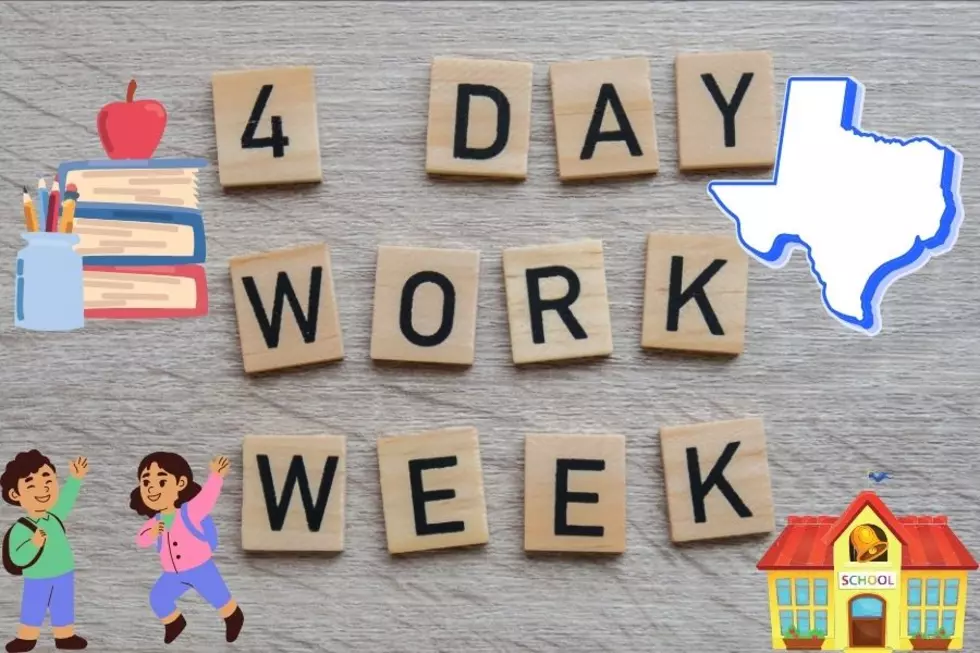![Should Schools Do Away With Zero Tolerance Discipline Policies? [POLL]](http://townsquare.media/site/192/files/2011/04/classroom.jpg?w=980&q=75)
Should Schools Do Away With Zero Tolerance Discipline Policies? [POLL]
A new report about school discipline lays out a "roadmap" for how schools should deal with problem students. According to U.S. News, suspensions and expulsions should be the last possible action taken.
Schools should change their discipline policies to focus on targeted interventions for students with behavioral issues and to form stronger partnerships with law enforcement entities to reduce the number of suspensions and expulsions and improve learning outcomes for students. Those are some of the findings of a national report designed to serve as a road map for school discipline policy reform.
The 460-page report – released Tuesday by the Council of State Governments Justice Center – puts forth more than 60 recommendations drawn from more than 700 interviews spanning three years. Those recommendations encourage school leaders to reduce the use of "zero tolerance" discipline policies in favor of data-driven responses, such as early warning systems to help with students at risk of failing or dropping out of school, and more training for educators to help de-escalate conflicts. Research has shown that disabled students, minority students and LGBT students are disproportionately suspended and expelled from school.
"Anyone who wants to make students feel safer in school, improve high school graduation rates, and close the achievement gap needs to have a plan to reduce the number of youth who are suspended from school," said Michael Thompson, director of the CSG Justice Center, in a statement.
The CSG Justice Center launched the project in 2011, following a study on school discipline policies in Texas that found nearly 60 percent of secondary school students were suspended or expelled at least once. Nationally, nearly 2 million middle and high school students – about 10 percent – were suspended at least once in the 2009-10 school year, the new report says.
[READ: Kids' Suspensions Renew Debate Over Zero Tolerance]
But certain students are more likely to be suspended than others, research has shown. Disabled students, minority students and LGBT students are disproportionately suspended and expelled from school.
African-American, Hispanic and American Indian students have disproportionately high rates, with 1 in 3 African-American males and 1 in 6 Hispanic males being suspended at least once in 2009-10, compared with 1 in 10 white male students.
Students who are suspended and expelled are less likely to graduate from high school, the report says, and the students who are more likely to experience disciplinary action – such as students of color and English language learners – are already at a disadvantage and are most affected by persistent achievement gaps in American schools.
While some suspensions and expulsions are responses to serious misconduct, the majority are for minor offenses, such as disruption of class, disorderly conduct or not knowing students had cold medication in their backpacks, the report says.
The report also makes recommendations for how school staff and educators can foster a positive school climate, which is associated with fewer incidences of school violence, high academic achievement and minimal engagement in "risky behaviors," such as substance abuse.
At Rainier Beach High School in Seattle, for example, a handful of staff members stay at the front entrance of the school to serve as a "welcome team," greeting students who are tardy. But rather than punishing the students, the staff at the entrance talks to them for 3 to 5 minutes to help them develop a plan to arrive on time the next day, according to the report.
What do you think about this? Should schools change the way they discipline students?
More From News/Talk 95.1 & 790 KFYO









